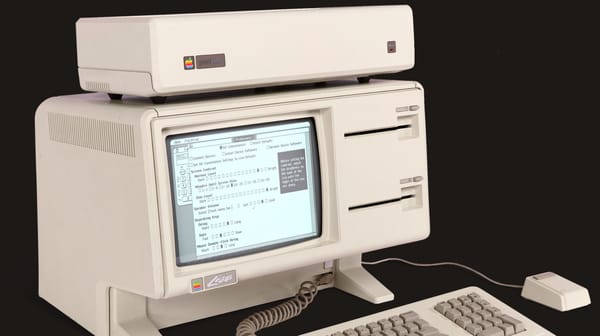Game photobook Devils Blush is chasing the texture of imperfect pixels
Volume 1, available for order now, arranges years of photographed screenshots from the PC Engine, Saturn, PlayStation, and more into a 110-page mood piece.

Hey there! Here’s something new: a quick bonus ROM before next weekend’s issue. It’s an interview with Devils Blush about a new art book of ‘90s and ‘00s game photography.
I did not anticipate learning Newton’s Third Law in middle school to apply to videogame aesthetics in 2023, but please allow me this tortured analogy:
The last decade of enthusiast retro gaming tech has been built around getting the purest signal out of old consoles, with RGB mods and SCART cables galore attaching Super Nintendos to specialized upscaler boxes or rare Sony PVM CRT jewels with impeccable image quality. That’s been the action. The equal and opposite reaction has been a growing appreciation for the aesthetics of old games with absolutely none of that futuretech polish.
Who needs separate red green and blue channels? Slurry those colors! Who cares about sharp pixels? Run that MiSTer through an RF adapter, I dare you. Think an emulator outputs a perfect image? True beauty only comes after slathering on a series of filters that cut through 1998 polygons with scanlines and bathe every edge in an exaggerated phosphor glow. Emulation, real hardware, doesn’t matter: we now have unlimited ways to chase perfection, be it shimmering and spotless or gnarly as hell. Acid jazz and the orchestra, side-by-side.
Devils Blush Volume 1, a book based on a Twitter/Instagram account of the same name, looks like a full 110 pages of acid jazz in screenshot form. Or rather, in photograph form: creator Will Stevenson has a pretty specific technique for creating the Devils Blush aesthetic.
“My typical process is to play in OpenEmu with the scanline filter on, screenshot everything that catches my eye, then sort through the screenshots and photograph the ones I like with an iPhone,” Stevenson says. Other than that, the photos aren’t processed or filtered.
The look of Devils Blush started with the PC Engine and what Stevenson says was an attempt to chase down a common feeling between PC Engine games. He stuck with that feeling even after he expanded to photographing other platforms. “I tried to take shots that matched the feel of that original set of PC Engine photos, so I guess the aesthetic I'm looking for is whatever that thread is,” he says.
Those shots often revel in the blurry textures or sharp aliasing of low-poly 3D, which feels subtly distinct to me from the much cleaner look many modern low poly games have chased as PS1-era nostalgia has fully bloomed.

Take these shots of Mega Man Legends, for example: the Devils Blush look comes from the slightly odd angles, the camera or (Mega Man) clipping through a wall.
“I like the intersection between pixel art and low poly 3d models you had on the Saturn and PlayStation,” says Stevenson. “The mix of the chunky, blocky models and big visible pixel textures is really beautiful. Also it's a visual style that we wouldn't have seen without those specific sets of hardware limitations, which I find really cool.”
The book is "densely arranged,” with many pages of screenshots laid out together, again just organized by feel rather than, say, chronology. Too much planning apparently makes the whole exercise less fun, so Volume 2 — already in the works — will retain the same mix. Or, I guess more accurately, a mix that’s distinctly its own.
Volume 1 is somewhere between a coffee table book and a zine, with a 5.8”x8.3” A5 layout on thick paper. It’s $21, though since it’s coming from Australia, shipping costs another $15 to make it to the US. Stevenson is going to keep taking orders for Volume 1 through the end of May before shipping out copies in June.




